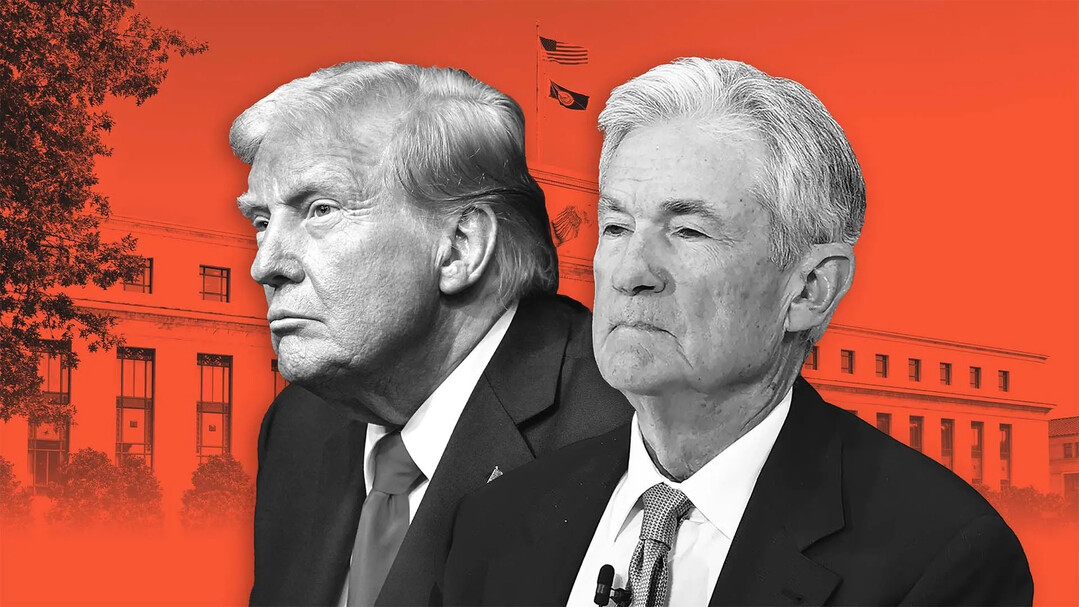
WASHINGTON, D.C. — The U.S. Federal Reserve (Fed) is facing unprecedented internal and external pressure amid escalating conflict between President Donald Trump and Fed Chair Jerome Powell. Concerns are growing that the Fed's independence may be at risk, especially after President Trump's recent dismissal of Fed Governor Lisa Cook.
Last week, President Trump abruptly fired Fed Governor Lisa D. Cook, citing 'mistreatment.' The reason for her dismissal was an allegation that in 2021, Cook took out mortgage loans on two separate homes, claiming both as 'primary residences' to receive favorable terms. Cook has denied the allegations and has filed a lawsuit, challenging the President's authority to dismiss her. This incident is seen as more than just a personal ethics issue; it is interpreted as part of the Trump administration's broader pressure on the Fed to lower interest rates. The incident has drawn particular attention because Cook is known as a dove (favoring monetary easing) within the Fed.
Trump's 'Urgent' Demand for Rate Cuts: The Stated Reason is 'Economic Stimulus,' but the Hidden Reason is 'Massive Fiscal Deficit'
President Trump has openly expressed his dissatisfaction with the Fed's high-interest rate policy, criticizing Chair Jerome Powell as "a man who's always late." While Trump claims that rate cuts are essential for economic stimulus, the underlying issue is the U.S. government's massive fiscal deficit. A lower benchmark interest rate would reduce the interest burden on trillions of dollars of national debt, thereby easing the government's financial pressure. The Fed was originally designed to operate independently of political pressure to achieve its dual mandate of price stability and maximum employment. However, such political interference attempts could erode the Fed's credibility and ultimately lead to instability in global financial markets.
Powell's 'Change in Stance' and the Market's Immediate Reaction
Amid this political pressure, Chair Powell garnered market attention by hinting at a possible interest rate cut at the Jackson Hole meeting in August. He suggested that labor market instability and inflation due to tariffs might be temporary, indicating a potential shift from the current rate hike stance. The market reacted immediately to his remarks. On August 22, the dollar weakened against the euro, and U.S. Treasury yields (5-year and 10-year) all fell. Wall Street analysts, in particular, are now predicting a nearly 75% probability of a 25 basis point (bp) rate cut in September.
The Fed's 'Outdated' Model vs. The 'Forward-Looking' Market
The Trump administration's pressure is not merely political rhetoric. In an interview with Fox Business, Treasury Secretary Scott Bessent criticized the Fed, stating, "While the market looks ahead and anticipates technological changes, the Fed's macroeconomic model is based on historical data and is always behind." These remarks are having a greater impact on market participants than President Trump's rough language.
Experts believe the Fed is in a difficult position, caught between political pressure and economic data. Financial analysts see a high likelihood of two 0.25% rate cuts by the end of the year, an outcome that would underscore that the Fed's independence is being tested.
[Copyright (c) Global Economic Times. All Rights Reserved.]




























